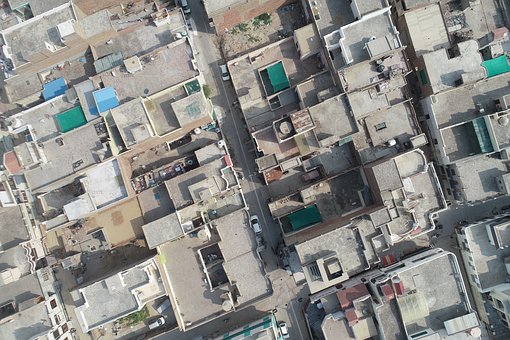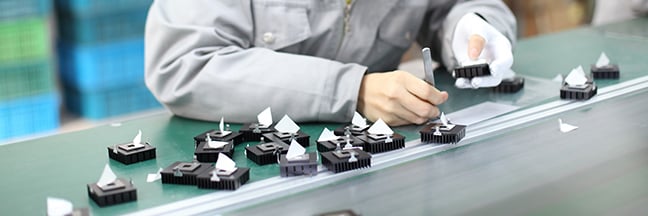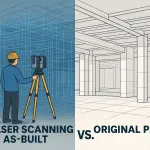This technology can help our foods be safer
3D laser scanning has become a booming industry and entered fields that we would never have imagined as consumers. This technology has now come to the food processing industry, this artificial intelligence is said to detect harmful pathogens in the food that is being processed.
When 3D laser scanners were created and the adoption
This technology was created in the 1960s but didn’t gain adoption until the 1990s. It consisted of giant chunky cameras that took slow pictures of an object and uploaded it to a computer system. Since then, it has evolved into handheld devices that are easy to maneuver and easy to control.
3D laser scanning has now advanced so much that the user can take rapid pictures in just a few minutes. Some of these devices take thousands of images in only a few seconds. Now a user can take the photos of an object or scene, upload it to the cloud, and send it across the world instantly.
This creates a faster way to detect unnoticeable details, share information, and have now created a way for researchers to 3D print an object in under a few hours. These characteristics of a 3D laser scanner make it some of the most valuable technology the world has seen.
3D laser scanners improving pathogen monitoring
Luminous group, who is a mixed reality leader in the United Kingdom, has created a new scanner that will help protect our foods from harmful pathogens during the processing. This device is called TraXR it is going to replace the paper methods of monitoring the processed foods.
This new device will 3D map out places where harmful bacteria usually grow. TraXR will come with a headset that allows a user to walk around the manufacturing plant, and it will collect information for them. This information is uploaded to the cloud in seconds, rather than filing reports and taking pictures, this will collect the information within seconds. This system also allows for records to be kept forever.
This system will help the world’s largest producers digitize all files rather than use paper. This will help food processing go faster, and there will be less contamination. If there is any contamination, it will be caught quickly and corrected with the help of this 3D laser scanner.
Paper recording methods are becoming outdated
Paper-based ways to keep records tend to have more human errors, tedious and can be expensive to maintain. With this new advanced technology, it is fast, accurate, and has less human error. Not only that, but it is extremely easy for any team member working at the plant to use.
This new technology has been tested by the UK manufacturer. They were able to check the old ways and compare them to the unique way that uses artificial intelligence. There was a shocking 70% increase in time efficiencies. The manufacturer suspects that once the team gets used to the technology and learns how to maneuver the equipment that the percentage will increase over time.
All points in a facility will be mapped out quickly, leaving little room for errors. 3D laser scanners will continue to update and advance. As this happens, more manufacturers will adopt this technology that will help protect our foods from the harmful bacteria that could collect in buildings.







